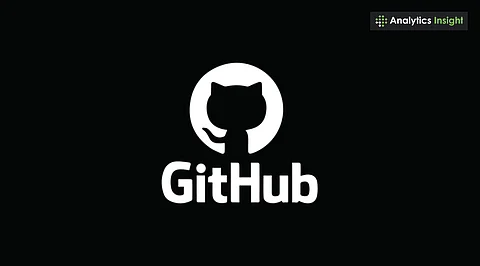

The right GitHub repositories make backend learning faster and more practical.
Frameworks and tools help build projects that work in real-world conditions.
System design knowledge is essential for creating scalable applications.
Developers use GitHub Resources to get source code samples, documentation, and collaboration tools among other things. Backend development refers to the portion of apps or websites that runs in the background.
It is responsible for things such as storing data, authentication and login processes, and processes that users unknowingly interact with. By 2025 there will be many GitHub repositories to help facilitate learning backend skills. Here are 10 to consider.
Many system admins use GitHub Resources for Servers to improve deployment and monitoring processes. Express is a framework for Node.js that is simple to understand and widely used. Many popular applications have been built with it. Learning Express helps in creating web servers and APIs.
Programmers explore GitHub Resources for APIs to integrate third-party services with ease. Fastify is another Node.js framework. It is known for being fast and for having built-in features to handle requests and data. Developers often choose it when they need better performance for large projects.
Also Read: GitLab vs GitHub: Choose the Best for Development
Involvement in GitHub Databases projects is a way for students and professionals to learn and exchange data management solutions. TypeORM is a way to connect applications with databases. Code is written cleaner in TypeORM for the application developer instead of writing out long SQL queries. Also TypeORM uses many different types of databases which adds flexibility.
Prisma is also used for working with databases. It is more manageable for beginners because it generates code automatically. This makes it faster to build projects without making too many mistakes.
Techies routinely play with Open Source GitHub Tools to configure their processes however they want. NestJS is written in TypeScript and is a more structured way to organize code in a project. Nest is best suited for bigger projects where a team of developers collaborate.
Docker allows applications to run the same way on different computers. The awesome-compose repository provides examples of ready-made setups for apps, helping you learn how to run backend services quickly.
System design is essential for building applications that can handle a lot of users. This repository explains important topics like load balancing, caching, and scalability with simple examples.
This is a collection of backend tools, learning resources, and guides. It covers topics from beginner level to advanced concepts, making it useful for continuous learning.
The developer roadmap shows the skills and tools needed to become a backend developer. It is updated regularly so learners can follow current trends.
FastAPI is a Python framework for building APIs. It is quick to set up, supports modern features, and creates automatic documentation. It is used in many real-world projects.
Also Read: Best Resources for Learning DevOps on GitHub
These repositories are used by developers across the globe to create real projects. They have robust communities for learners to find examples, updates, and discussions. They also provide clear pathways to go from beginner to advanced topics.
Learning backend development involves knowing how servers, databases, and APIs work together. Repositories like these provide real examples and working code, which allows the developers to practice. With enough practice, the developer will have built complete applications, be able to contribute to open-source code, and be ready for their next job opportunity as a software developer.
